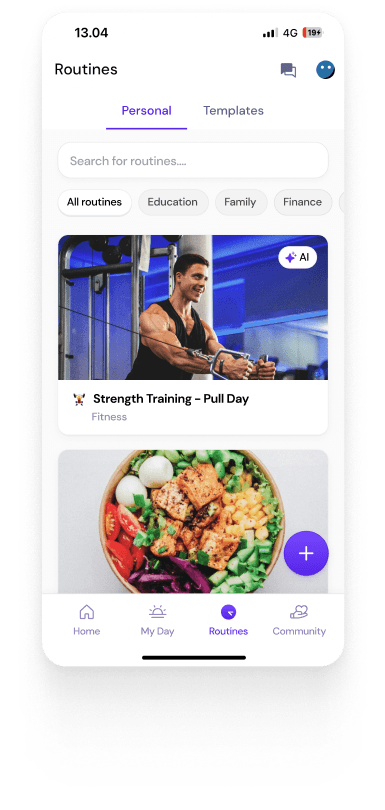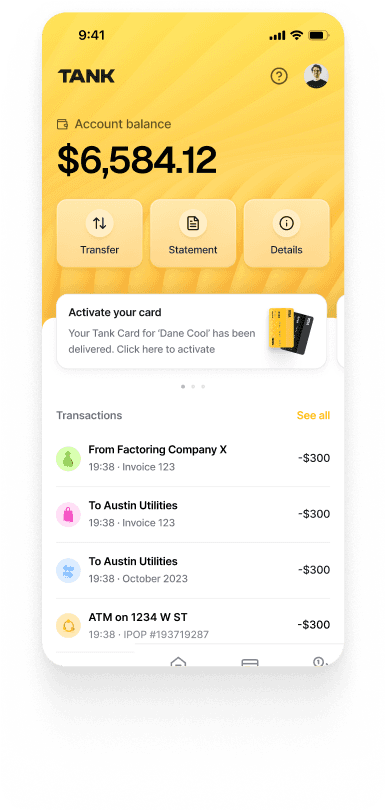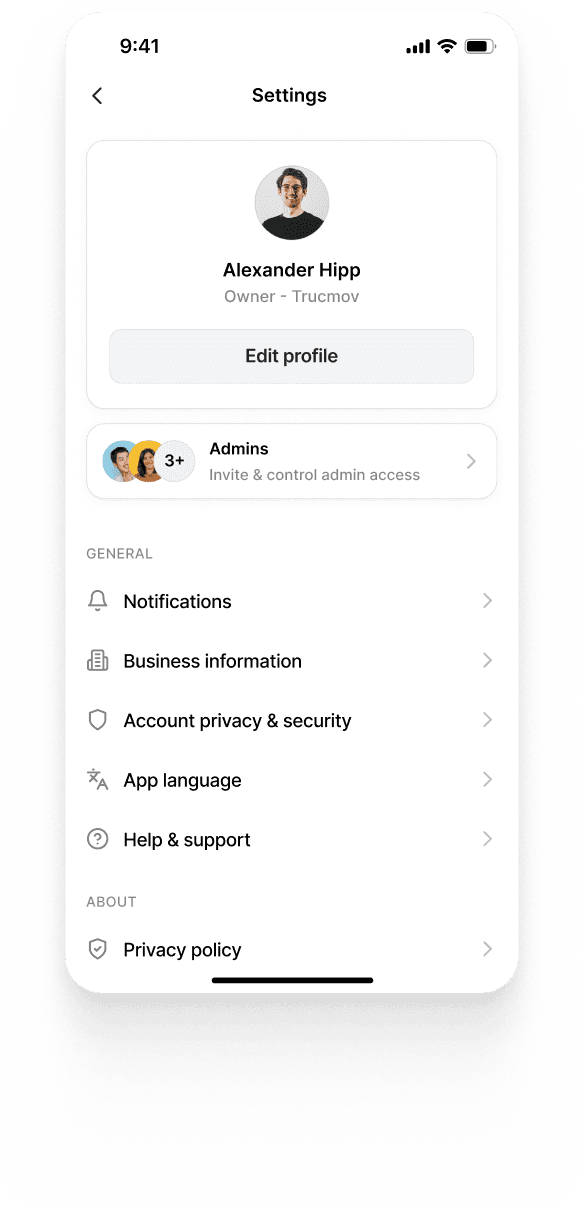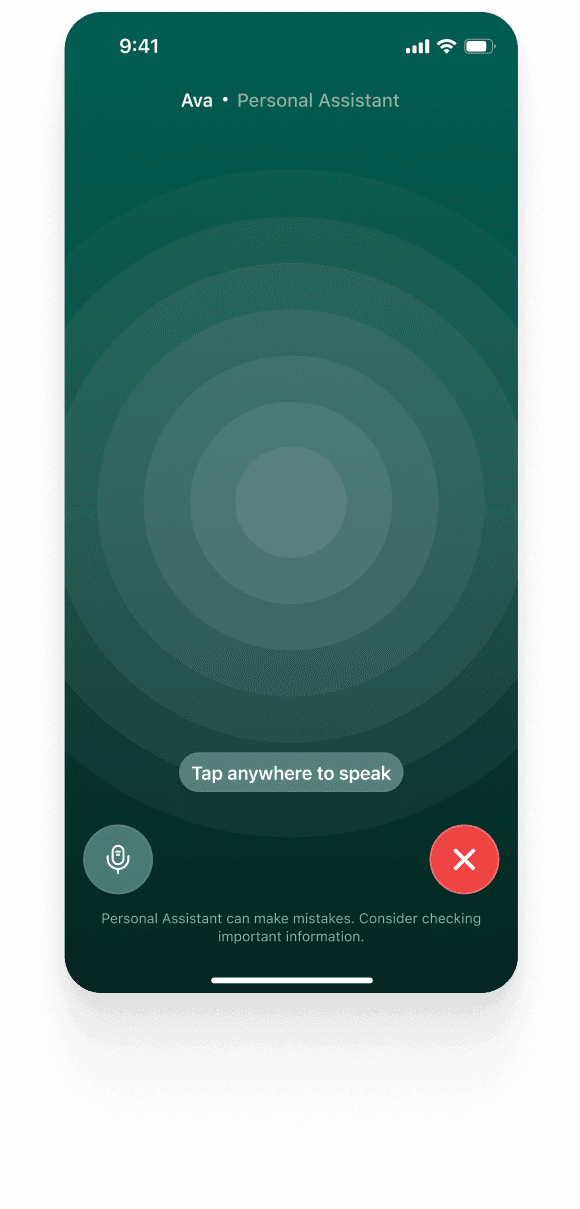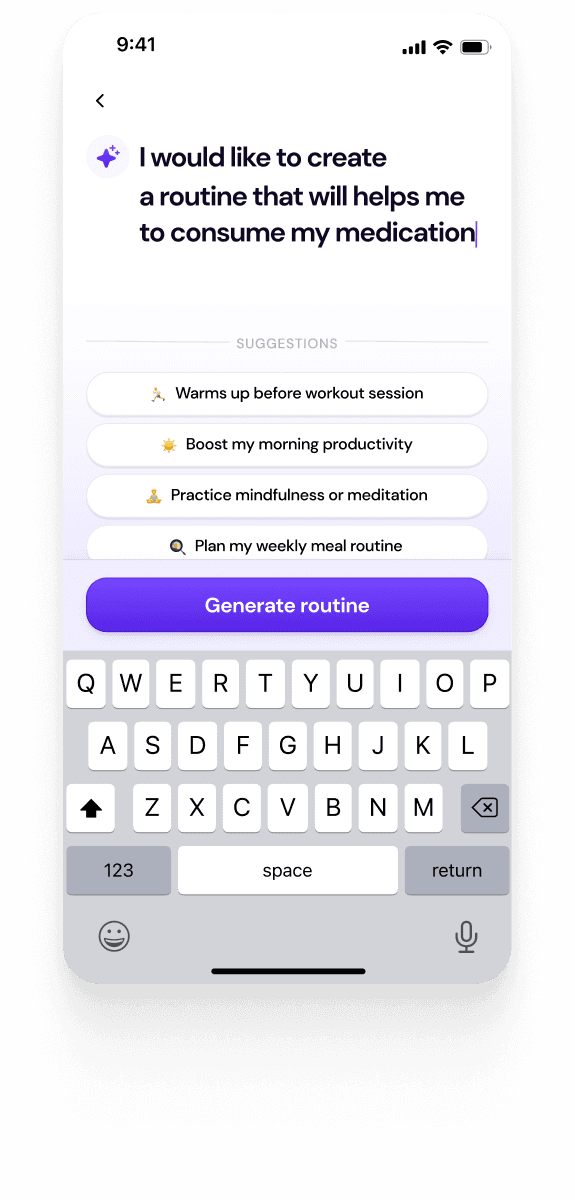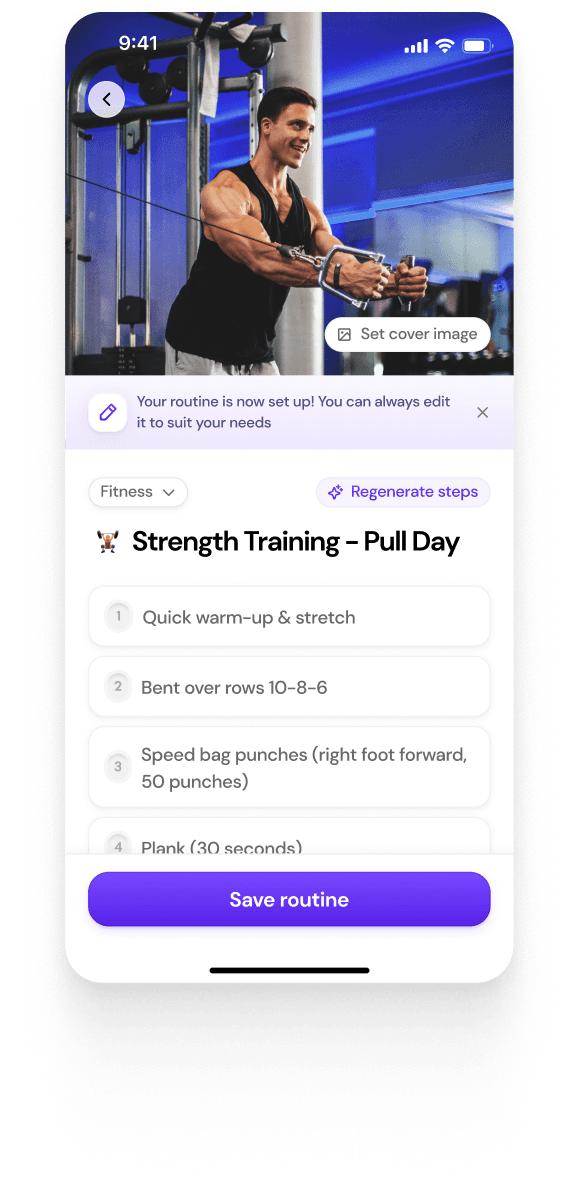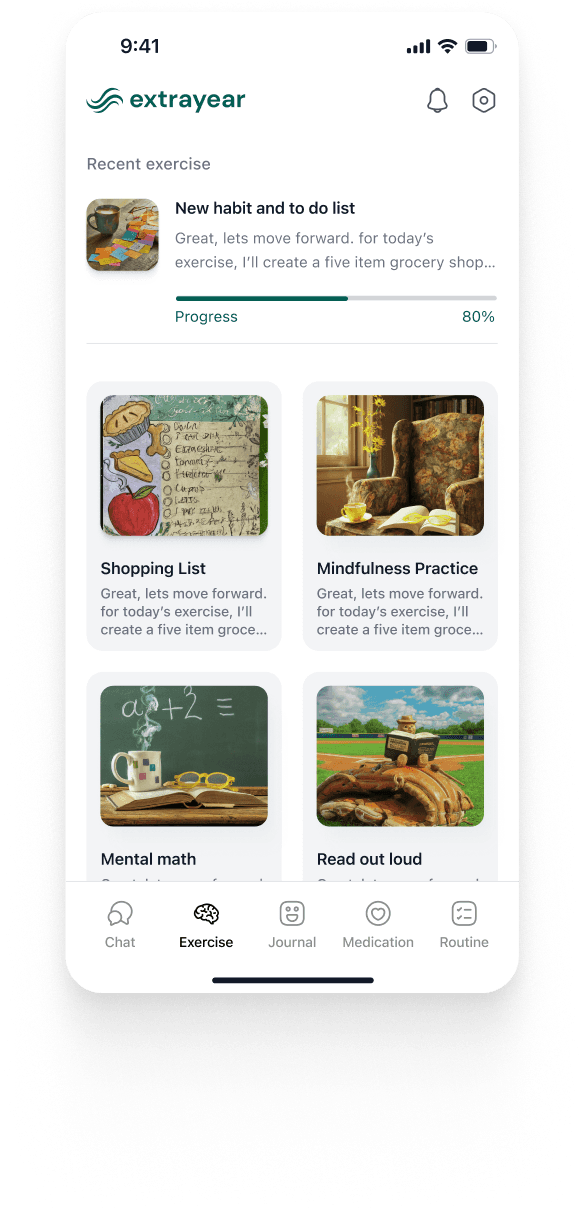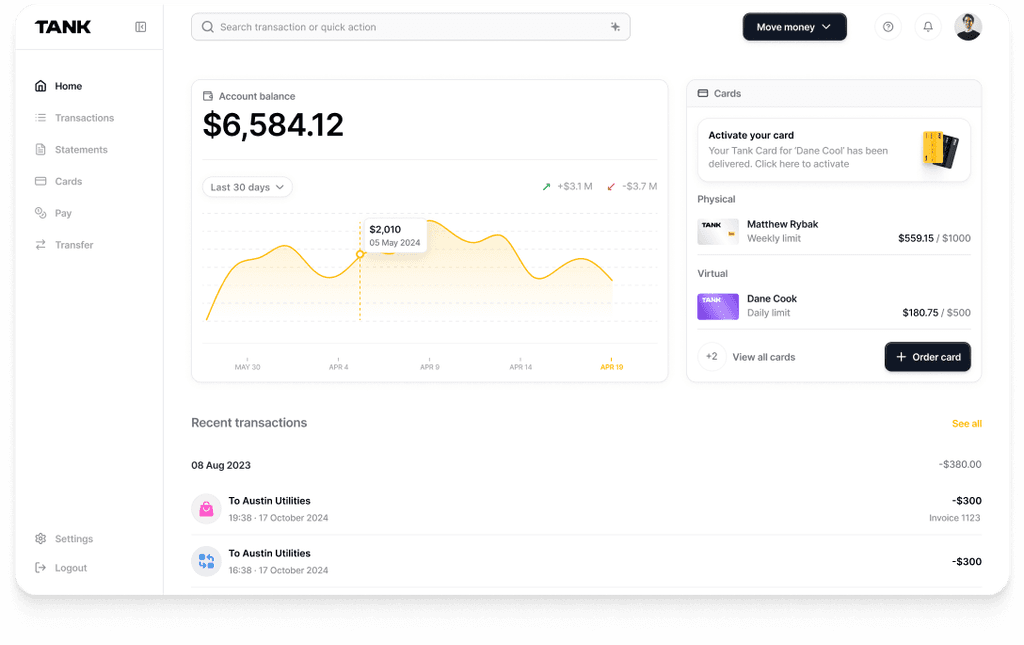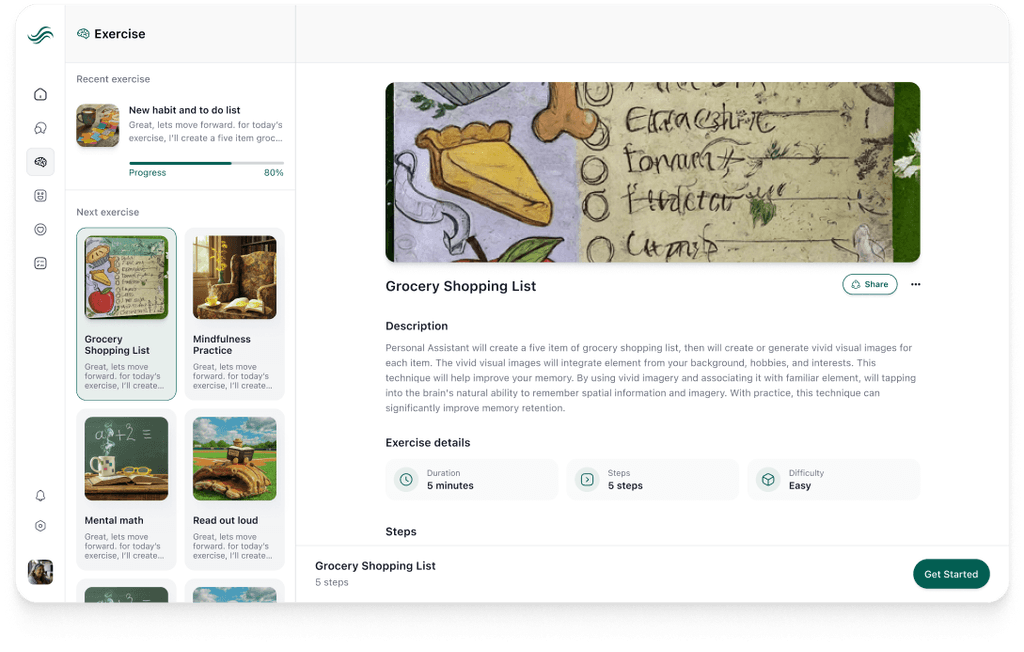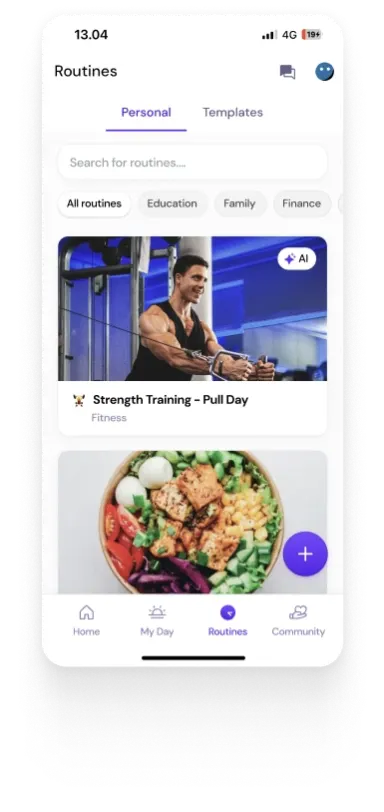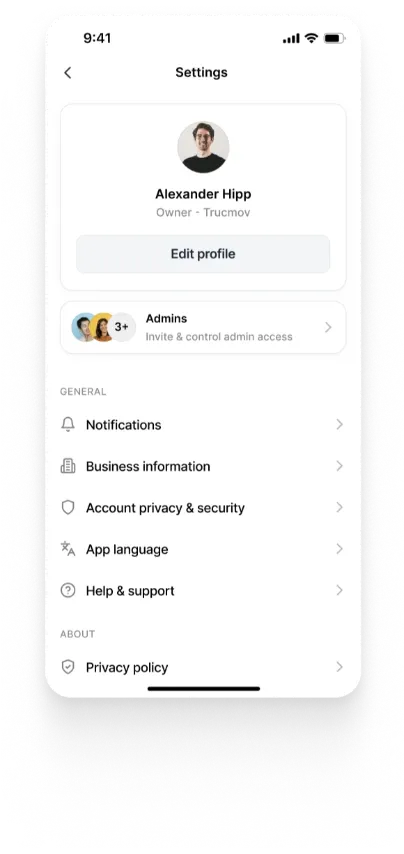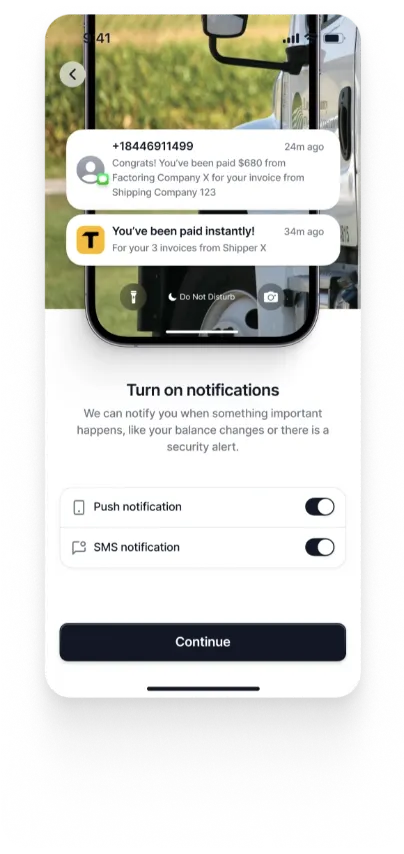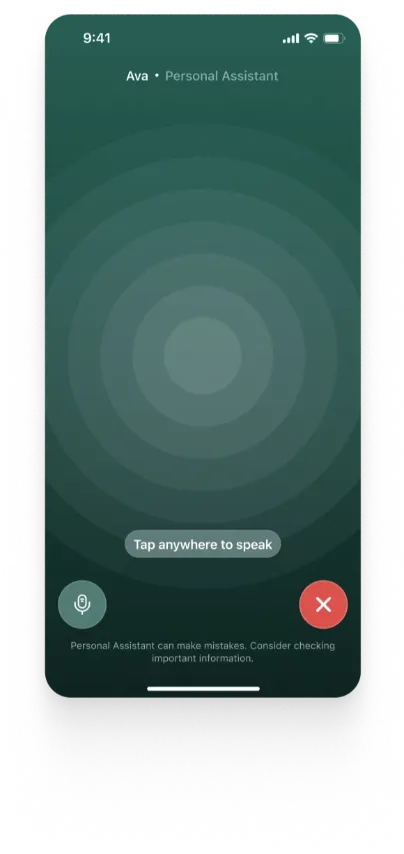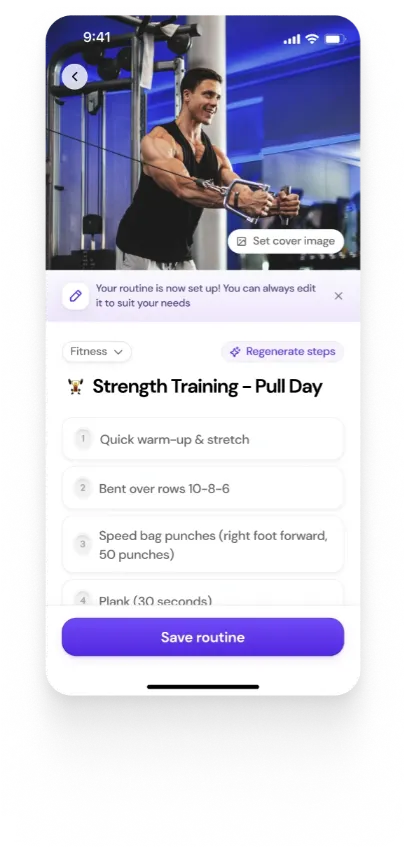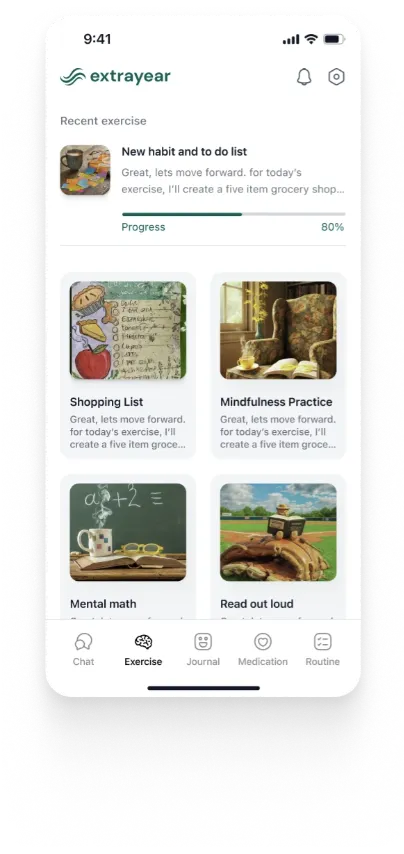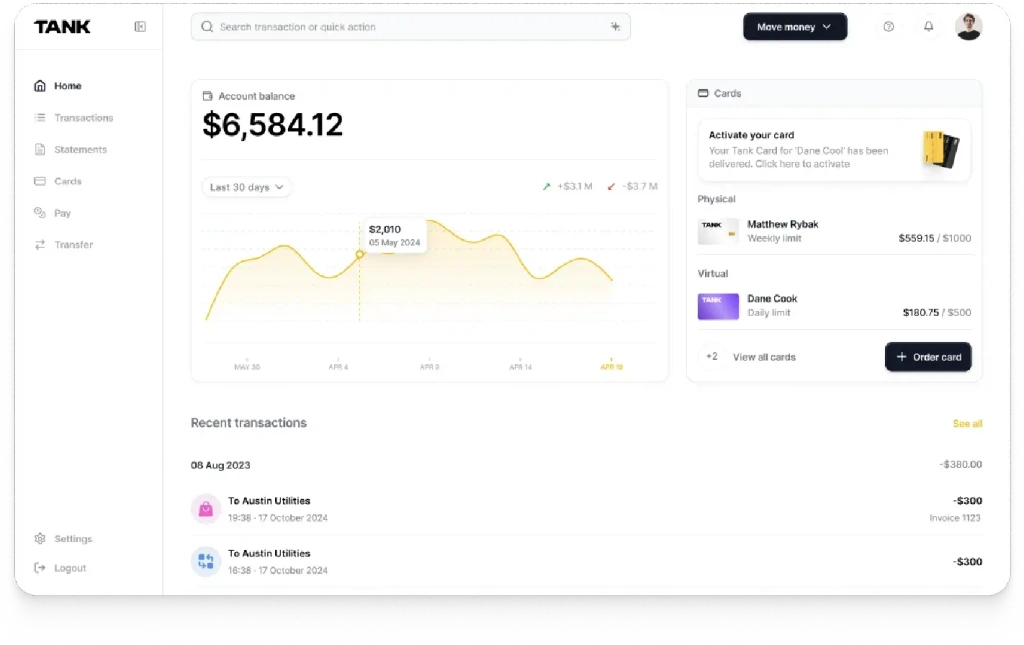Architecting Maintainable Flutter Apps with Steve and Stacked
Mar 25, 2025
Summary
Steve combines AI automation with the Stacked MVVM architecture to help developers build maintainable Flutter apps at scale. By generating Views, ViewModels, and Services aligned with Stacked best practices, Steve ensures modularity, testability, and architectural consistency. From project scaffolding to Firebase deployment, every step is validated, documented, and optimized for long-term maintainability.
Key insights:
AI Meets MVVM: Steve uses Stacked to generate well-structured Flutter apps with ViewModels, Services, and Views decoupled by design.
Smart Automation: Steve handles repo setup, file generation, formatting, testing, and deployment—guided by Stacked conventions.
Context-Aware Refinement: Steve remembers dependencies and isolates changes, enabling surgical updates via conversational prompts.
Auto PRs with Architecture Docs: Each pull request includes summaries of affected modules, test status, and technical rationale.
Performance Scoring: Steve evaluates changes based on error rate, build stability, and architecture impact to uphold code quality.
Team-Ready Architecture: Stacked structure simplifies collaboration, testing, and onboarding in fast-moving dev teams.
Introduction
In a world where software agility meets scalability demands, the ability to architect maintainable Flutter applications is both a strategic asset and a technical necessity. As cross-platform development accelerates, developers and organizations alike seek robust structures that allow for rapid iteration, intuitive collaboration, and long-term sustainability. Enter Steve—an AI Operating System redefining how applications are engineered—and Stacked, a powerful architecture pattern for Flutter that brings clean, scalable structure to mobile and web app development.
This insight explores how leveraging Steve’s Vibe Studio alongside the Stacked architecture can enable teams to build Flutter applications that are not only functional and performant, but future-proof and easy to maintain. By fusing the automated intelligence of Steve with the structural integrity of Stacked, developers can automate complex workflows, streamline code evolution, and enforce best practices from the first line of code.
Whether you are launching a new Flutter project or retrofitting legacy codebases, understanding how these two tools work in harmony will transform how you approach scalability, testing, and developer experience. The result is a smarter development paradigm—where automation and architecture collaborate seamlessly.
AI Flutter App Development with Steve: Laying the Foundation
Vibe Studio provides an AI-first software development environment purpose-built for modern application engineering. At its core lies a dual-model AI engine (Claude 3.7 Sonnet with GPT-4 fallback) combined with a context-sensitive project memory system that keeps track of your codebase, structure, and evolution over time.
Unlike conventional AI code assistants, Steve does not operate in isolation. It integrates into the developer workflow through an intelligent prompt architecture and observability tooling (via Langfuse), enabling continuous monitoring and refinement of code generation. From repository initialization to iterative modification, Steve’s automated workflow provides a holistic development loop—including validation, dependency analysis, build, and deployment through Firebase Hosting.
For Flutter app development, this translates to a streamlined experience. Developers can request changes via natural language, and the assistant identifies relevant Dart files, generates or modifies them with context awareness, applies best practices (such as formatting via dart format), and orchestrates error resolution using build tools like flutter pub get and build_runner. Each iteration is tracked and scored, ensuring that every step improves code quality, not just velocity.
What sets Steve apart in AI Flutter app development is its continuous performance evaluation. Using metrics like error resolution effectiveness, dependency integrity, and architectural complexity, it ensures your codebase remains robust even as it evolves.
Why Stacked? Bringing Architectural Discipline to AI-Powered Codebases
Stacked is a Flutter architecture that champions separation of concerns and state management clarity. It is built upon the Model-View-ViewModel (MVVM) pattern and introduces layers that decouple UI from logic, making it easier to maintain and test applications.
With clearly defined roles—ViewModels for logic, Services for business logic or third-party integrations, and Views for presentation—Stacked minimizes tight coupling and code duplication. This modularity is especially powerful when combined with AI code generation systems like Steve, which benefit from working within well-defined architectural constraints.
By guiding Steve to operate within a Stacked scaffold, developers gain several strategic advantages:
Predictable Code Generation: Steve’s AI assistant can generate ViewModels, Services, and Widgets in alignment with Stacked conventions, ensuring consistency across the app.
Error Isolation: When bugs arise, the isolated nature of Stacked components allows Steve to focus debugging and fixes more accurately.
Scalability: As features expand, Stacked’s modular design means that Steve can introduce new functionality without affecting unrelated components—ideal for AI-led iterative builds.
Testability: Automated testing is simplified when logic resides in testable ViewModels and Services. Steve can automatically scaffold tests based on architectural patterns.
Team Collaboration: A structured project makes it easier for multiple developers to collaborate without stepping on each other’s code. Steve’s memory system further supports this by tracking context and dependencies.
Building with Steve and Stacked: A Use Case Walkthrough
Let us consider the process of developing a customer feedback Flutter web app using Steve and the Stacked architecture.
1. Initializing the Project
Using Steve’s App Builder workflow, the user initiates a project. Steve creates a private GitHub repository, scaffolds the Flutter directory structure, and applies initial dependencies, including stacked, stacked_services, and get_it.
The assistant configures Firebase Hosting for deployment and creates a working build environment, validated through a preview URL.
2. Feature Implementation via Chat Interface
The developer interacts with Steve through a conversational UI. A prompt like "Add a feedback submission screen with form validation" triggers a multi-step backend process:
File Analysis: Steve identifies the correct ViewModel, UI, and service files based on the Stacked architecture.
Content Generation: It generates a FeedbackViewModel, FeedbackService, and FeedbackView, each adhering to proper MVVM structure.
Code Processing: Code is formatted and injected into the repository with validation to ensure dependencies and syntax correctness.
3. Iterative Refinement
The developer refines the screen using Steve’s chat-based iteration. For example, "Add a loading spinner while the feedback is being submitted" leads Steve to update only the ViewModel and View, leaving the Service intact. This refinement is facilitated by Steve’s internal project memory, which tracks code relations and dependencies.
4. Deployment and PR Documentation
Once the feature is finalized, Steve builds the Flutter app, deploys it to Firebase, and generates a live preview URL. Simultaneously, it creates a detailed pull request document with:
Architecture summaries
Affected modules
Testing status
Dependency updates
Technical rationales
This documentation not only aids in code review but serves as living architecture documentation.
5. Performance Evaluation
Steve scores the change using its performance framework—measuring error reduction, build stability, and architectural impact. If the error rate is high, Steve initiates another round of automated fixes or flags the pull request for manual review.
Best Practices for Maintainable AI Flutter App Development
Combining Steve with Stacked introduces a hybrid development paradigm. To get the most out of this synergy, teams should adopt several best practices:
Enforce Architectural Conventions Early: Configure Steve to follow Stacked patterns from the start, including directory naming and dependency structure. This guides the AI toward predictable outputs.
Regularly Review PR Documentation: Steve’s generated documentation is detailed but should still be reviewed for alignment with business context.
Leverage Steve’s Error Resolution Scoring: Use the performance dashboard to identify chronic problem areas in your codebase and prioritize refactoring efforts.
Conclusion
Architecting maintainable Flutter apps is no longer a manual endeavor reserved for seasoned developers with deep architectural intuition. With Vibe Studio and the disciplined design of the Stacked architecture, teams now have access to a development paradigm that is fast, smart, and scalable.
By combining the AI-driven automation of Steve with the modular strength of Stacked, developers can generate robust applications while preserving maintainability, testability, and architectural integrity. This hybrid approach marks a new chapter in AI Flutter app development—where automation enhances structure, and structure empowers automation.
As Steve continues to evolve, and as the community around Stacked matures, the potential to build large-scale, AI-generated applications without sacrificing code quality becomes increasingly real. It is not just about writing code faster—it is about writing the right code, in the right way, every time. That is the promise of building Flutter apps with Steve and Stacked.
Build Maintainable Flutter Apps with Steve + Stacked
Architect faster, scale smarter. Steve's Vibe Studio automates Flutter development using the Stacked MVVM framework—modular code, clean logic, and real-time AI collaboration.










